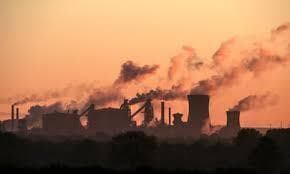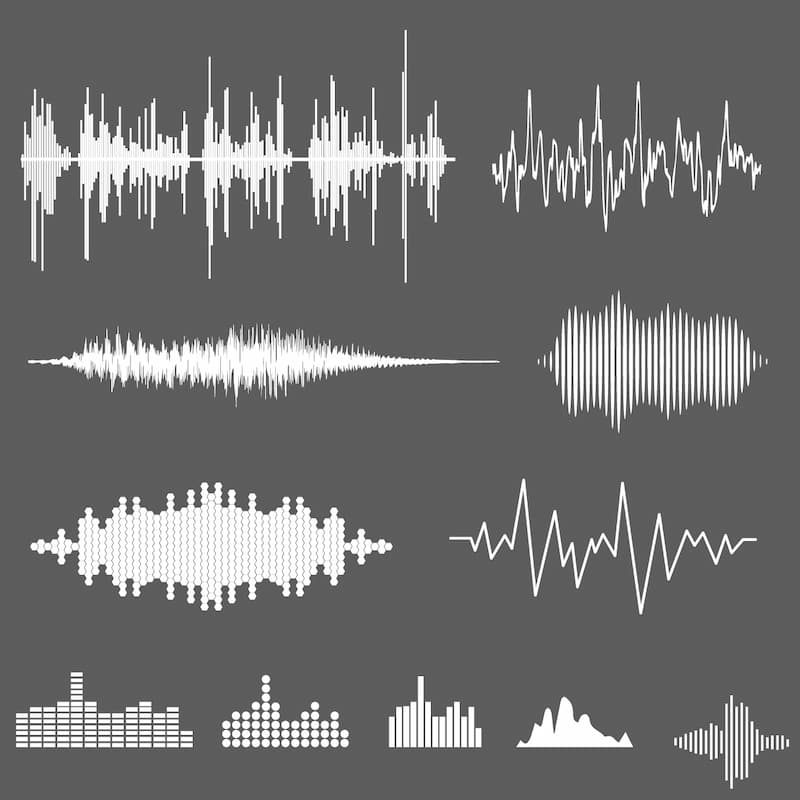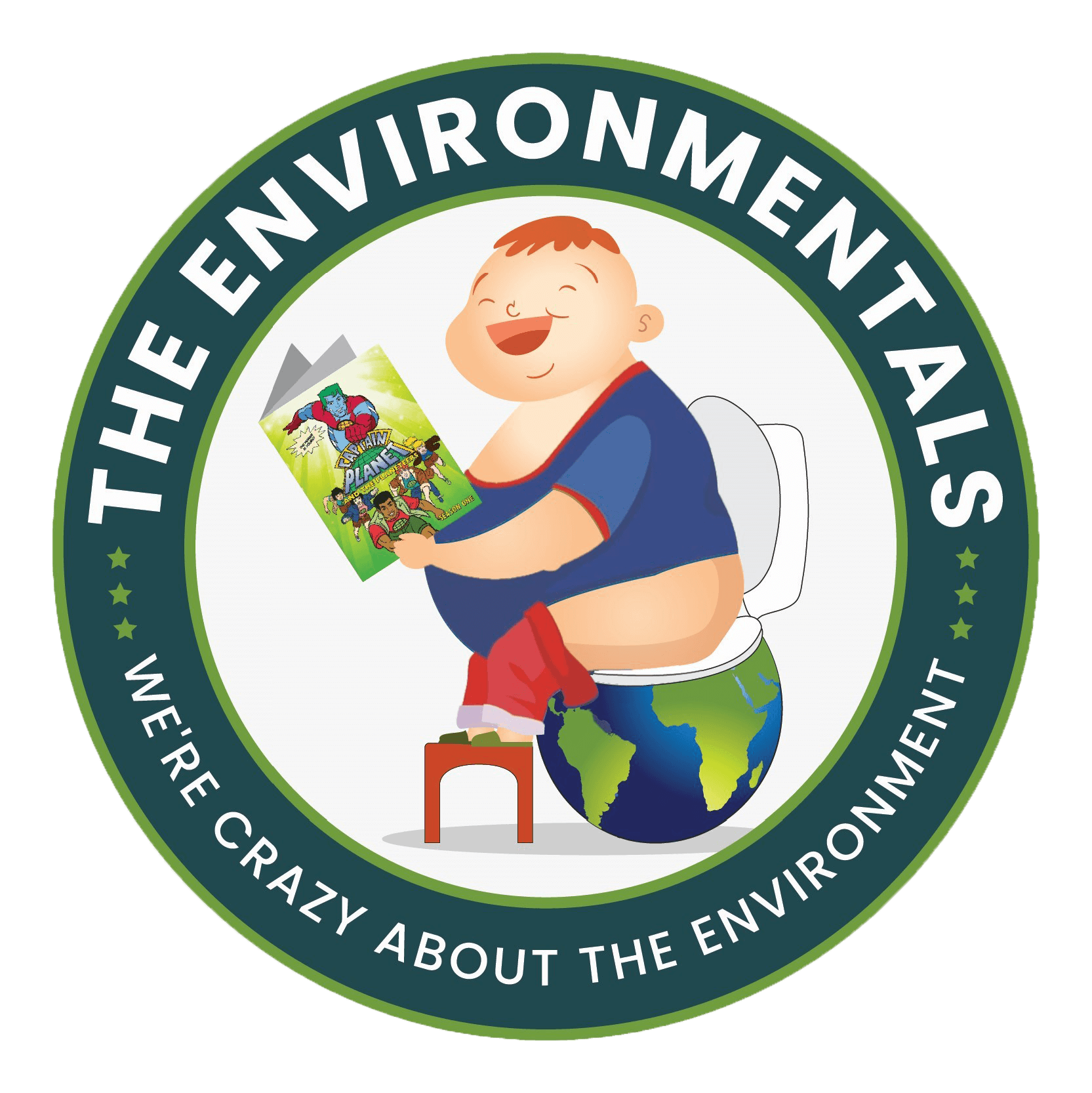Pollution
Pollution facts and types of pollution
The environment can be safeguarded through effective pollution prevention measures, addressing various pathways of contamination.
What is Pollution Prevention (P2)?
Pollution prevention (P2) is any practice that reduces, eliminates, or prevents pollution at its source before it is created. As shown by the EPA Waste Management Hierarchy, P2, also known as “source reduction,” is fundamentally different and, where feasible, more desirable than recycling, treatment or disposal. It is often more cost-effective to prevent pollution from being created at its source than to pay for control, treatment and disposal of waste products. When less pollution is created, there are fewer impacts to human health and the environment.

Air Pollution and Your Health
Air pollution is a familiar environmental health hazard. We know what we’re looking at when brown haze settles over a city, exhaust billows across a busy highway, or a plume rises from a smokestack. Some air pollution is not seen, but its pungent smell alerts you.
It is a major threat to global health and prosperity. Air pollution, in all forms, is responsible for more than 6.5 million deaths each year globally, a number that has increased over the past two decades.
What Is Air Pollution?
Air pollution is a mix of hazardous substances from both human-made and natural sources.
Vehicle emissions, fuel oils and natural gas to heat homes, by-products of manufacturing and power generation, particularly coal-fueled power plants, and fumes from chemical production are the primary sources of human-made air pollution.
Nature releases hazardous substances into the air, such as smoke from wildfires, which are often caused by people; ash and gases from volcanic eruptions; and gases, like methane, which are emitted from decomposing organic matter in soils. Air pollution is a mix of human and natural hazardous substances.
Vehicle emissions, fuel oils and natural gas to heat homes, by-products of manufacturing and power generation, particularly coal-fueled power plants, and fumes from chemical production are the primary sources of human-made air pollution.
Nature releases hazardous substances into the air, such as smoke from wildfires, which are often caused by people; ash and gases from volcanic eruptions; and gases, like methane, which are emitted from decomposing organic matter in soils.
Traffic-Related Air Pollution (TRAP), a mixture of gasses and particles, has most of the elements of human-made air pollution: ground-level ozone, various forms of carbon, nitrogen oxides, sulfur oxides, volatile organic compounds, polycyclic aromatic hydrocarbons, and fine particulate matter.
Water pollution
Water pollution happens when chemicals or dangerous foreign substances are introduced to water, including toxic chemicals, sewage, pesticides and fertilizers from agricultural runoff, or metals like lead or mercury. According to the Environmental Protection Agency (EPA), 44% of assessed stream miles, 64% of lakes and 30% of bay and estuarine areas are not clean enough for fishing and swimming. The EPA also states that the United State’s most common contaminants are bacteria, mercury, phosphorus and nitrogen. These come from the most common sources of contaminates, that include agricultural runoff, air deposition, water diversions and channelization of streams.
Water pollution isn’t just a problem for the United States. According to United Nations, 783 million people do not have access to clean water and around 2.5 billion do not have access to adequate sanitation. Adequate sanitation helps to keep sewage and other contaminants from entering the water supply.

Land pollution
The information you provided highlights the significant amount of solid waste generated in the United States and the different components of that waste. Land pollution can occur due to both household garbage and industrial waste. In 2014, Americans produced approximately 258 million tons of solid waste, with about 136 million tons ending up in landfills. Recycling and composting accounted for only 34% of the waste.
The composition of solid waste varies, with organic material being the largest component. Paper and paperboard accounted for over 26% of the waste, followed by food at 15% and yard trimmings at 13%. Plastics made up around 13% of the waste, while rubber, leather, textiles, metals, wood, glass, and other miscellaneous materials contributed to the remaining percentages.
Commercial and industrial waste also play a significant role in solid waste generation. Industries consume massive amounts of materials, with approximately 4 million pounds used to provide for an average American family’s needs in a year. Non-hazardous waste from construction materials and medical waste (such as bandages and surgical instruments) are major contributors. Hazardous waste, on the other hand, includes substances that are potentially harmful to human health and the environment. Industries generate hazardous waste through activities like mining, petroleum refining, and chemical production. Additionally, households contribute hazardous waste through items such as paints, solvents, motor oil, fluorescent lights, aerosol cans, and ammunition.

Noise pollution
Noise Pollution Harms Health and Wildlife
Though we cannot see or smell it, noise pollution negatively impacts the environment and our health. From the roar of planes to the rumble of industry, noise reaches harmful decibel levels.
Numerous studies link noise pollution to increased stress, high blood pressure, speech interference, and hearing loss. The WHO estimates noise contributes to hundreds of thousands of deaths per year by elevating coronary heart disease risk. The EPA regulates noise pollution under the Clean Air Act.
Underwater, noise from ships can disrupt whale navigation and kill species relying on natural habitat. Noise forces wild animals to communicate more loudly, which shortens their lifespan. Even low-level noise like car traffic disturbs animal behavior.
As our world grows louder, reducing noise pollution is crucial. We can advocate for quieter machinery and vehicles, protect natural soundscapes, and use noise barriers where appropriate. By understanding noise impacts, we can create healthier spaces to live and preserve wild places.
I consolidated the key points, updated the wording and organization, and moved the section on underwater noise earlier to highlight that impact. Please let me know if you would like me to modify or expand this revised text on noise pollution in any way.
Light pollution
The Disruptive Effects of Light Pollution
Artificial lighting has profoundly changed the natural day-night cycle with widespread consequences:
Birds sing at odd hours under artificial light, disrupting their biological clocks.
Long artificial days alter bird migration patterns by enabling extended feeding times.
Beachfront lighting confuses sea turtle hatchlings that rely on starlight reflecting off waves to navigate from sand to sea.
Light pollution, or “sky glow,” obstructs astronomical observation for professionals and amateurs alike.
Unnatural light cycles disrupt plant flowering, growth rhythms, and development.
Light pollution may worsen smog by destroying air-purifying nitrate radicals, according to the American Geophysical Union.
Over-illumination wastes energy. The International Journal of Science estimates lighting consumes 1/4 of global energy and squanders 2 million barrels of oil daily.
Excessive lighting disrupts ecosystems and natural processes in flora and fauna.
Rethinking lighting usage and implementing solutions like shielding, dimming, and motion-activated lights can reduce waste, conserve energy, and preserve dark and starry skies. More thoughtful lighting preserves nature’s delicate rhythms.
Other pollution facts:
The Far-Reaching Impact of Pollution
Pollution has wide-ranging environmental and health consequences locally and globally:
Americans generate 30 billion foam cups, 220 million tires, and 1.8 billion diapers yearly. (Green Schools Alliance)
Air pollution contributes to 6.7% of deaths worldwide. (WHO)
The Mississippi River carries 1.5 million metric tons of nitrogen into the Gulf annually, creating a New Jersey-sized dead zone.
Pollution from China alters US weather in 5 days by preventing cloud rain and snow. (WHO)
7 million premature deaths globally are linked to air pollution annually, equal to one in eight deaths. (WHO)
From wasted resources to poor air quality, pollution spans borders and impacts Earth’s inhabitants. Curbing waste, reducing emissions, and educating populations can lessen pollution’s health and environmental consequences. With awareness and action, we can work towards cleaner air, water, and land for all.
Why is Pollution Prevention Important?
The Benefits of Pollution Prevention yield financial and environmental savings by reducing waste and emissions at the source. Specific benefits include:
Lower costs for businesses by using resources more efficiently in manufacturing.
Reduced waste management and cleanup expenses for industry and municipalities.
Healthier communities through lower exposure to pollutants.
Preserved natural ecosystems by curbing contamination of air, water and soil.
Strengthened economic growth as production becomes more streamlined.
Less waste for households, companies and towns to handle.
Pollution prevention is a proactive approach that not only conserves natural resources but also avoids the creation of pollution and waste in the first place. By addressing root causes and minimizing pollutants at the source, we pave the way for a cleaner, more sustainable circular economy. This approach benefits both the environment and the bottom line, reducing cleanup costs and safeguarding well-being.
